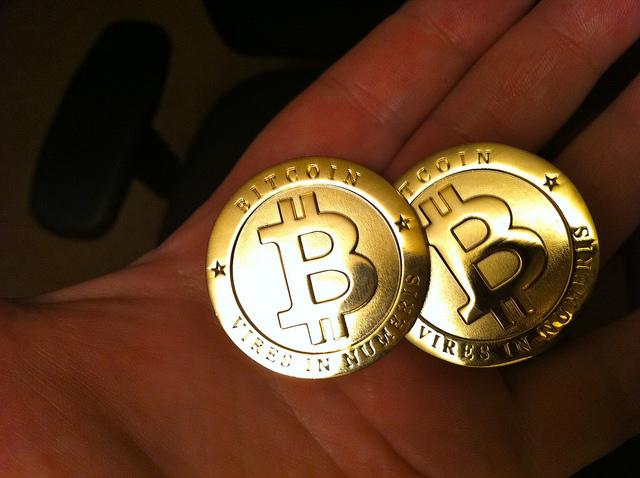By Scotty Schenck, photo editor
A new regulated currency exchange in the United States opened today. It wasn’t for another country’s money, but rather a currency that belongs to no country. A currency that has brought controversy to recent financial discourse: Bitcoin. Bitcoin is a digital currency, meaning it is money whose transactions are solely electronic.
According to the New York Post, San Fransisco-based company Coinbase has been licensed to conduct business is 24 states, including New York, California and Massachusetts. The movement is backed by investors, such as the New York Stock Exchange, USAA Bank and former Citigroup Inc. CEO Vikram Pandit.
“Our goal is to become the world’s largest exchange,” Coinbase Chief Executive Brian Armstrong told the Wall Street Journal.
As a virtual currency, Bitcoin has gotten a lot of attention. Recently, Bitspamp, an exchange based in Slovenia, had a security breech where an alleged $5.4 million worth of bitcoins was lost, according to USA Today. It wasn’t the only reason for users to be skeptical.
In 2012, a single bitcoin was valued at $4 and rapidly grew to over $1,100 in late 2013. Shortly after, the value of bitcoins began to fall and continued to lose value in 2014, falling to almost $300. The volatility has brought it scrutiny by people such as businessman Warren Buffet and senior economist of the Federal Reserve Bank of Chicago Francois Velde.
Even with criticism, many companies began accepting bitcoins as payment, some of which go through a third party, such as BitPay, a bitcoin payment service provider that allows companies to take bitcoins like credit or debit cards. Among those companies are Microsoft, Overstock.com, TigerDirect.com and on Apple’s App Store.
On the Coinbase Exchange website, administrators claims the company is insured against “hacking, internal theft, and accidental loss.” The website also claims that its systems are secure by storing a majority of bitcoins offline, undergoing regular financial audits and requiring two-step verification on all accounts, where a user must have their username and password as well as entering a code from their mobile phone (either through an app or text message).
Photo courtesy Zach Copley, Creative Commons.









